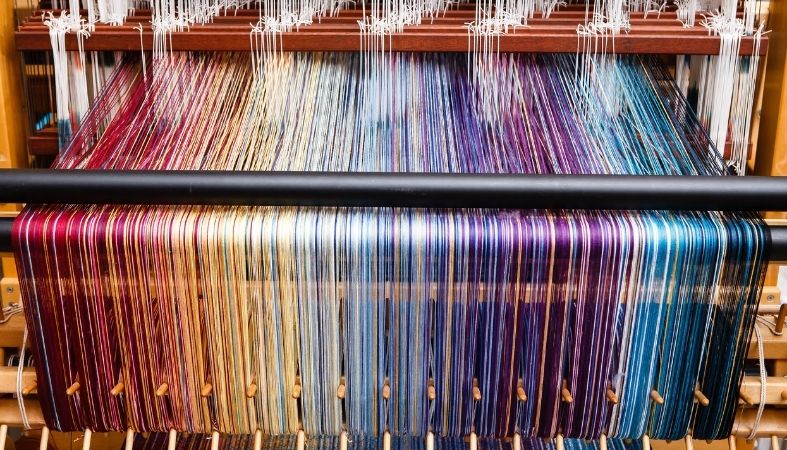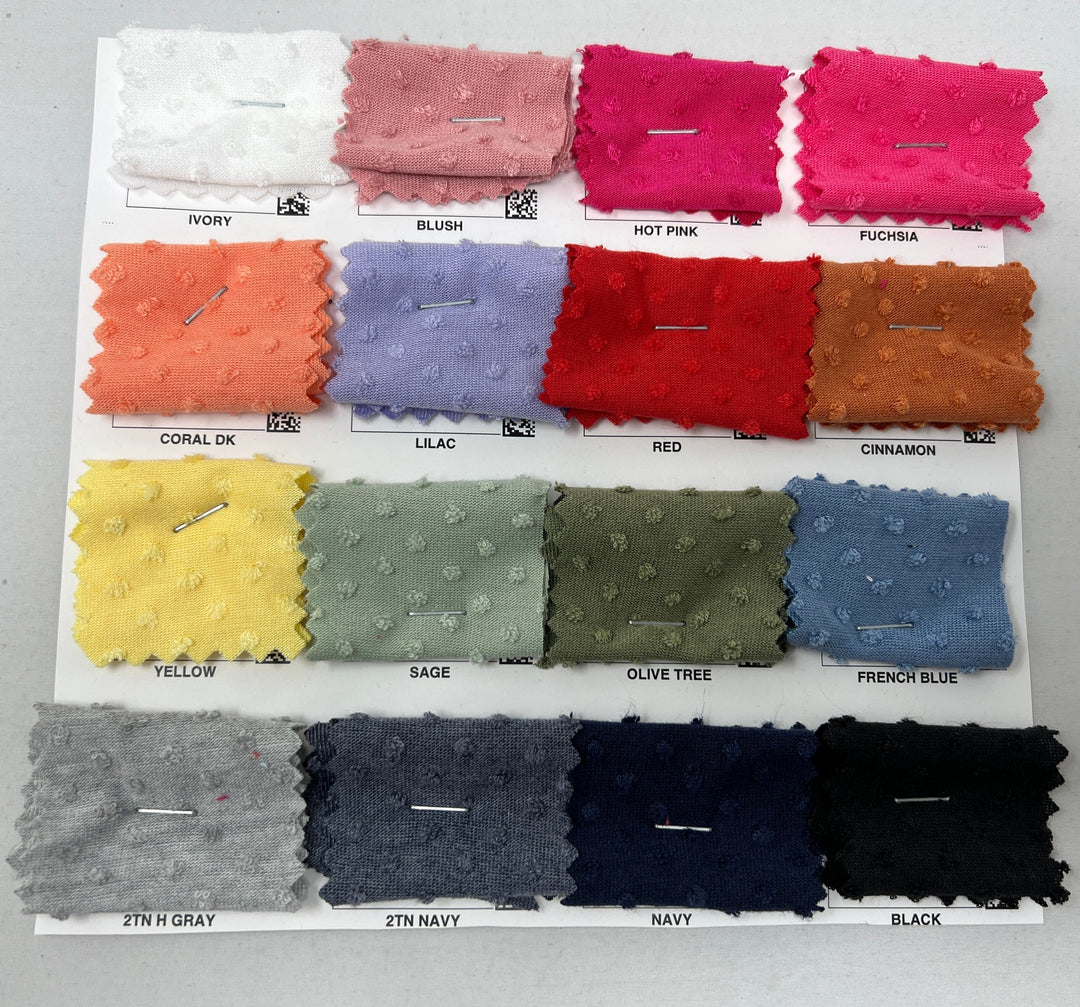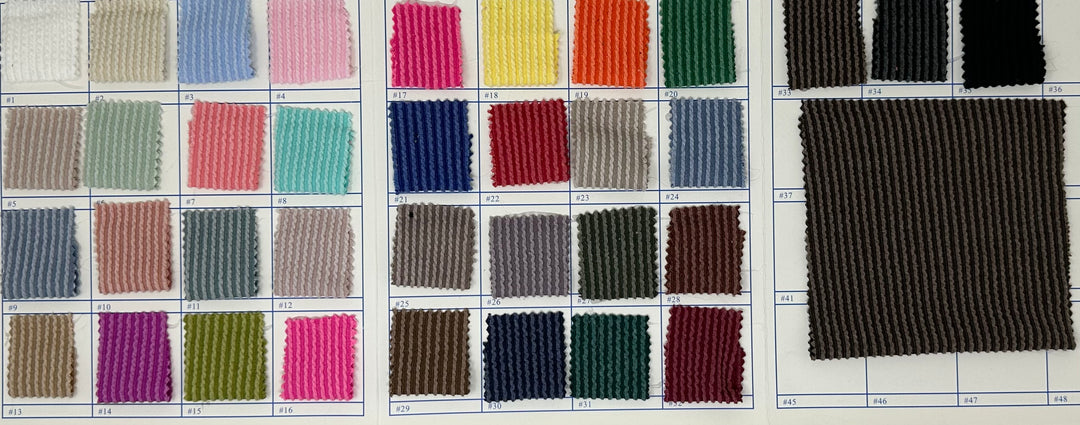A Step-by-Step Guide To Sourcing Fabric for Your Designs


Now that you can find wholesale fabric suppliers online, getting the textiles you need for your next project is much more convenient. That being said, there are still details you need to prepare beforehand. Here is a step-by-step guide to sourcing fabrics for your designs that will ensure your purchase will be as easy as possible.
Preparations To Make
Before you look for sources of fabric, you need to know what you want. So, we’re first going to start with a small checklist of details and criteria you’ll need to find a supplier. To begin, we start with the most obvious question—what is it you want to make? Do you have specific materials in mind? Ensure you can explain to any potential suppliers the details of your project so that they are able to point you in the right direction.
Secondly, ensure the scope of your project is focused. You can’t do everything at once! Choose a single type of fabric to work with and identify the niche you intend to fill. Do you want to make clothes that are sustainable, such as hemp? Are you making clothes for men or women? These are the goals of your project that you want to define beforehand so that you don’t overwhelm yourself trying to manage multiple types of fabric and juggling multiple projects at once. The more specific and detailed your project plan is, the better.
Once you’ve established the parameters of your project’s needs, you can begin to do some research into the niche you’re fulfilling. The best products are always made by someone who understands their industry and their audience. Your “new and fresh” project idea might actually be something that’s been around forever, and might thus not be the most profitable or strong a statement as you may believe. You also just want to know what your particular market desires so that customers are interested in your product.
Sourcing the Fabrics
Now that you’re you have all the details of your project and your needs clearly defined, you can begin to approach various sources to obtain fabric. If you’re completely new to sourcing fabrics or just don’t know much about fabric, then you may want to go down the route of counter sourcing. This is simply looking at what’s already in the market and finding a reference sample. This is the easiest way to get your hands on fabrics. However, it also lacks a lot of the specifications that those more experienced would be able to make to get the exact quality they desire. This method will also help you explore fabrics available on the market so that you can determine which you like most and what fabrics are in the highest demand.
In fact, we recommend that you shop around for the fabrics that you like most rather than what you think might be the most in vogue. This preference may help you stand out amongst your competitors if it’s something unique to your clothes. In fact, you should endeavor to shop around your competitors as well. Industries like yoga or swimwear are the most competitive industries in terms of sustainable clothing lines, so you’ll need to know your competition inside and out if you hope to stay competitive.
To this end, the sales reps will become your new best friends. You can ask what styles are selling best, the details of their fabrics, and so much more. As customers have become much more self-aware about the products they buy, it’s not uncommon for them to ask tons of questions about products. This has made store reps incredibly knowledgeable about the products they’re selling, making them a valuable resource for aspiring entrepreneurs such as yourself. Even more important than what’s being sold the most is what is getting return the most—and why. A lot of products can sell well on good marketing alone, so if there’s an underlying problem that’s not immediately apparent, the returns desk is a good way to find out.
Finding a Fabric Mill
Finally, once you found the fabric you want, you can look for a fabric mill to source it from. As a hot tip, some lingo you’ll be clued in on is that, despite being practically the same a factory, fabrics come from a mill, they’re printed and dyed at a house, and garments are made at a factory. This will make you sound more professional when speaking to prospective fabric mills.
Now then, they are two ways you can go about sourcing fabrics from a mill. You can work directly with a fabric mill or get a middleman involved with a fabric sourcing agent – both of which have different pros and cons to consider.
When you source directly from a fabric mill, you don’t have to worry about a middleman and you can thus get the best price possible. Communication is also typically easier since you’re speaking directly with the mill and ensure they’re as informed as possible. The downside of this is that fabric mills are not the most merciful and will often refuse to work with amateurs. If you want the direct route, you need to be confident in what you want and how you want it made, or the fabric mill may not even bother with you.
This is where the agent comes in. As middlemen, they will handle the fabric mills for you so that you’re not likely to get dropped. While they take a commission off your orders, agents are helpful for establishing and communicating exactly what you want from the fabric mill. They will offer you advice and guidance to ensure your order is as close to what you want while still retaining realistic expectations.
Agents are also much less likely to be dropped or ghosted by a fabric mill because, oftentimes, they already have a pre-existing relationship with the mill. This allows the mill to trust the agent won’t waste their time, as agents know full well not to mince words with them. In essence, agents lend you their credibility while you’re still establishing your own. Time is money, and fabric mills take that extremely seriously.
Questions To Ask
The last part of our step-by-step guide to sourcing fabrics for your designs is providing you with a few questions you may want to keep in mind when sourcing your fabrics. To begin with, you should ask for counter swatches so that you can experience the fabrics personally and pick your favorites. From there, you’ll be able to send a cutting of the fabric to a mill as a reference. If a mill does not have that exact fabric, they will endeavor to find a similar one.
Always ask if you can test out a fabric, because you can always ask for other counter swatches if you don’t like it. It’s important to be firm on this, as you don’t want to be pressured into placing an order for a fabric that doesn’t suit your needs. Testing the fabric will also ensure your designs are of the highest quality and help you create the vision you picture.
















